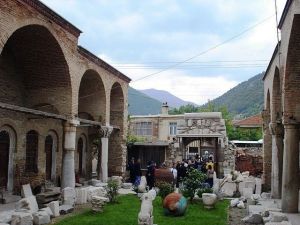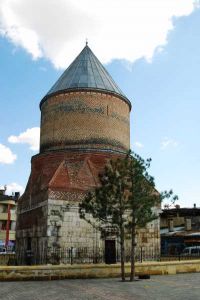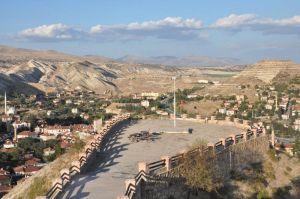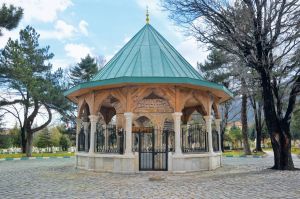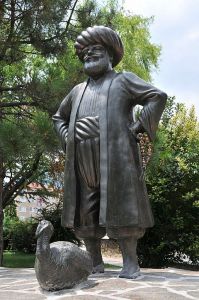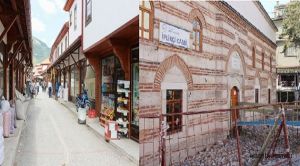This is Akşehir.
This is Akşehir.
Akşehir is a district of Konya Province. The county has an area of 1,442 square kilometers. The altitude is 1050 meters above sea level. It is located on the Konya - Afyon highway, 135 kilometers from Konya province and 90 kilometers from Afyonkarahisar province. There are 55 neighborhoods in Akşehir district.
Akşehir is a district of Konya Province. The county has an area of 1,442 square kilometers. The altitude is 1050 meters above sea level. It is located on the Konya - Afyon highway, 135 kilometers from Konya province and 90 kilometers from Afyonkarahisar province. There are 55 neighborhoods in Akşehir district.
Nasreddin Hoca has lived here since his youth. His tomb is in Aksher. In 2007, the Nasreddin Hoca Association received the registration document in the form of "The Middle of the World Akşehir" from the Turkish Patent and Trademark Office, according to the Decree No. 556 on the Protection of Trademarks.
It is understood from surface surveys carried out in the area that the first settlement in Akşehir began in the Neolithic era. This can be followed by the Chalcolithic, Old Bronze, Hittite, Hellenistic, Roman, Byzantine, Seljuk and Ottoman periods.
During the nine months and ten days until August 24, 1922, the preparations for the attack were directed from Akşehir and the plans were made here. Weapons and ammunition are manufactured in Arasta shops. The commander of the Garp Front, Ismet (Inönü) Pasha, stays permanently in Akşehir and directs the preparations. Mustafa Kemal (Atatürk) Pasha comes to Akşehir on different dates to oversee the state of preparations. Finally, on the morning of August 24, 1922, the Western Front Headquarters left Akşehir for the front.
Akşehir played a role in the establishment of the Republic of Turkey. Considering the cultures that lived on the territory of Akşehir, it can be seen that it had a very rich cultural mosaic. However, the only works that have survived to the present day are the Seljuk works and the Imaret Mosque from the Ottoman Period. Of course, in this mosaic, there are works of civil architecture and handicrafts from the late Ottoman and First Republic periods to the present day that reflect the true Turkish culture. Today, the Akşehir Houses, most of which are now owned and registered by Turkey, are referred to by the same name. Within the city, the people call this upper neighborhood Old Akşehir Houses.

